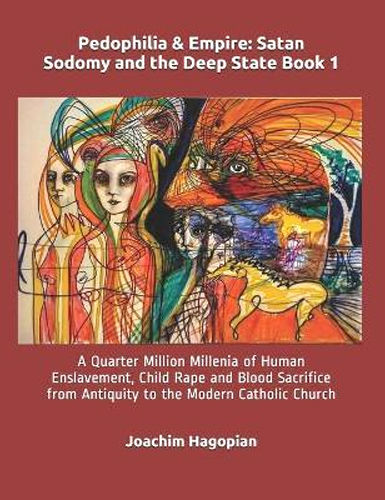“Trafficking in Women from Ukraine” by Donna M. Hughes & Tatyana Denisova
- Simian Practicalist
- Jun 30, 2022
- 3 min read
Updated: Jan 20, 2024
Although this study was written in 2002 and much of it has become common knowledge, this study is nonetheless quite revealing of the problem of trafficking women from eastern Europe.

The study is approximately 60 pages, organized into 3 sections. The first describes the problem, including its magnitude, and methods of recruitment and entrapment in general terms. The second describes the problem with more specific details. Some of the information comes from interviews with victims and recruiters. The third is recommendations on combatting the problem.
The economic situation after the breakup of the USSR was a motivator for the Ukrainian population to seek better employment opportunities elsewhere. Many women are trafficked with the promise of legitimate employment. However, upon arriving at their country of destination, their passports are confiscated and they are forced into prostitution under threat of violence, including rape.
“Approximately 70 percent of the victims were trafficked by means of sophisticated deceptions.” Obviously involving organized crime groups, these means include the use of seemingly genuine employment recruitment agencies and procedures as well as the use of real travel agencies. Sometimes, a “friend” would act as a recruiter.
Other methods include marriage/matchmaking agencies and even “modelling schools” that groom underage girls. Victims sometimes become recruiters so many recruiters are women, and 60% of traffickers are women.
Corrupt government officials also provide the necessary documentation and 70% of trafficked women are not using counterfeit documentation.
The transit itself is also somewhat complex, the women deliberately pass through several countries, sold (and re-sold) to different groups before arriving at the country of destination. This obviously makes it more difficult for the families of trafficked individuals to track. Ukraine also serves as a “transit country for migrant smuggling”, mostly from Asia.
Upon arrival at the country of destination, the woman may even work as agreed and expected for a few weeks. When the recruiter returns to check on them and the woman is satisfied and signs off as such, the recruiter leaves and it is after that the woman is forced into prostitution. In this way, it is unclear to the victim who is responsible for which aspect of their situation, with the recruiter seemingly innocent.
Trafficked women’s earnings are used to repay their travelling expenses amongst other costs and they keep very little if any of their earnings. Escape is practically impossible since there is fear of reprisals and they can be arrested if they go to the police, for example, for being in the country illegally. Even when they are being deported, the organized crime groups involved can intercept them.
The number of trafficked women is difficult to estimate:
In 1998, the Ukrainian Ministry of Interior estimated that 400,000 Ukrainian women were trafficked during the previous decade; other sources, such as non-governmental organizations, thought the number was higher.” The International Organization for Migration estimated that between 1991 and 1998, 500,000 Ukrainian women had been trafficked to the West. Popular destination countries for women from Ukraine include: Turkey, Greece, Cyprus, Italy, Spain, Yugoslavia, Bosnia and Herzegovina, Hungary, Czech Republic, Croatia, Germany, United Arab Emirates, Syria, China, the Netherlands, Canada and Japan. According to a Ukrainian diplomatic source there are 6,000, Ukrainian women in prostitution in Turkey, 3,000 in Greece, and 1000 in Yugoslavia.” Ukrainian women are the largest group of foreign women in prostitution in Turkey and the second largest group of foreign women in prostitution outside the U.S. military bases in Korea.
Russia is also a destination for trafficked women although some avoid Moscow due to known cases of “disappearances”.
From 1996 to 2000, according to the Ukrainian Ministry of Interior, merely 44 human trafficking crimes were registered and 49 cases under investigation.
Legalization of prostitution is often assumed to mitigate the problem but “evidence seems to show that legalized sex industries actually result in increased trafficking to meet the demand for women to be used in the legal sex industries. Increased activity of organized crime networks also accompanies increases in trafficking.”
In short, the authors suggest as the solution the obvious such as “political will”, improving awareness and increased law enforcement efforts. But they also mention one of the main difficulties: it is not only the involvement of organized crime groups but also of corrupt officials that need to be addressed.
The authors do not explicitly state this but commonsense suggests a more drastic solution to such a systemic and pervasive problem. One can read between the lines and one has to wonder whether, according to some commentators, this is one of the motivations of Putin for sending Russian military forces into Ukraine.
The study is generally well-researched and well-written. Even though this was written in 2002 and in that sense the information is out-of-date, it is still relevant since the problem has sadly not been eradicated. The main weakness is that there are not more juicy details regarding government corruption. At minimum, the executive summary is worthy of a skim.
Be sure to subscribe to our mailing list so you get each new Opinyun that comes out!






Comments